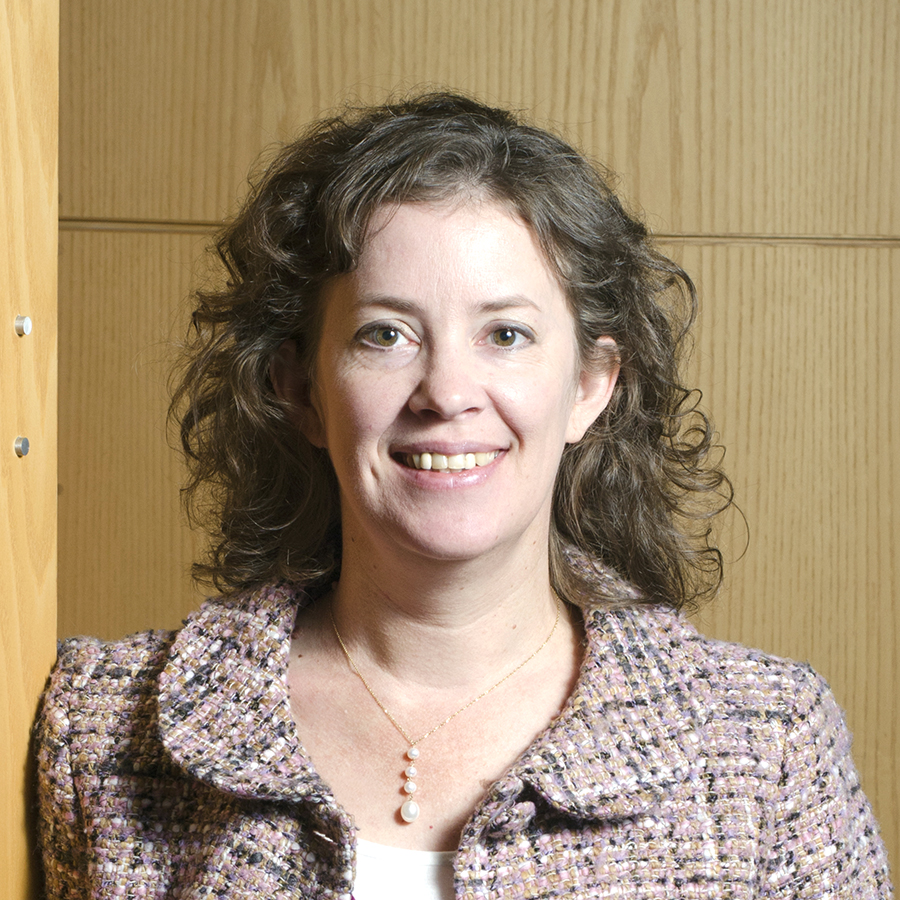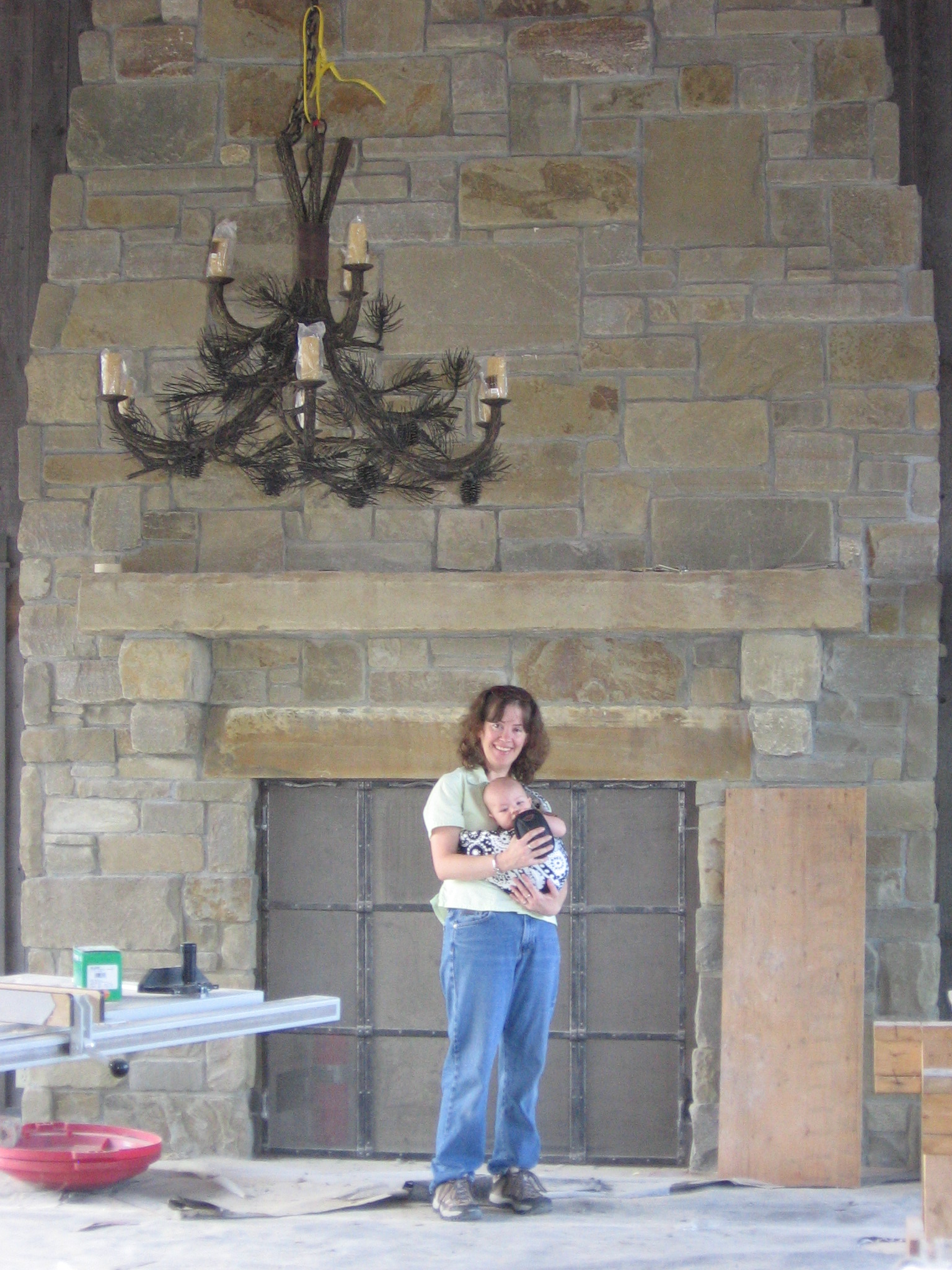Maybe it’s pure chance that I’m not in the missing 32%, because there have been times that I would have gladly walked away from architecture. I have a bit of a love-hate relationship with my field. The region I live in is still recovering from the recession, so the stress of the slow periods is still present. In 2011, after having returned the previous year from maternity leave with my second child, I was one of many to be laid off from a mid-size firm. The thought of being a stay-at-home mom was more than appealing, but my husband was starting a new career and we had two young children to support. I considered changing careers, but I’d been practicing architecture for 18 years and it is all I really knew how to do. It’s how I think. It’s how my brain is wired. Every time I go in a new building, I wonder what is in all the layers of materials, what do the people inside do, what was the history of the building and I think about other solutions. You can’t just turn off that portion of your brain, so I keep giving architecture a chance.
During my first 18 years, I’d been in firms that 45-50 hours a week was average. 40 hours was practically considered part-time. I’ve worked in firms that required a fair amount of overnight travel. My first night away from my 10-month old son was supposed to be one night while I was in Nashville meeting with a client, but ended up being two nights as we got stuck in Minneapolis in a snowstorm. I didn’t sleep a wink because I was sure he was traumatized, but of course it was the first night he slept entirely through the night. My first few years of being a mother and an architect were difficult to juggle and full of self-inflicted guilt.
Currently, I am very lucky to be in a firm that values their employee’s lives and families. Overtime is not encouraged except when absolutely unavoidable, which is so refreshing given that I pride myself in being efficient and accurate. It’s also refreshing to work with women and men that actually spend time with their families and kids. As our city is family-oriented, our firm knows the value of soccer-game-sidelines network marketing.
As far as the future, there is too much fluctuation happening in architecture to know if it will remain permanent in my life. However, nothing is permanent and you sometimes just have to wing it.
Secret sauce that I rely on to juggle all that I do every day:
- Maintain my sense of humor. Humor keeps things in proportion and puts people at ease.
- Keep breathing. I use the old yoga technique to keep grounded.
- Lists are my friend. Post-it, yellow tablets, on my phone, written on my hand.
- Ask for help. It takes a village…
- Pace myself. Work and raising kids is like a marathon. It takes time and planning.
My everyday moments of truths that I’ve discovered:
1. Quality daycare has been good for my kids. You will hear a lot of people saying how bad it is to not spend every moment of your day with your kids. I am amazed how well my son has done in adjusting to elementary school having learned social skills and had an early education. The daycare teachers were much better teachers for his developing brain than I could’ve been. I’m not a professional teacher and I’m not afraid to admit it.
2. Accepted saying No in my personal life. If you’re working outside the home, full-time, with younger kids, you probably won’t be able to do PTO, after-school activities, church, community groups or maybe even AIA. I love volunteering and being involved, but it can’t be at the expense of my family or work. I’ve worried my kids are missing out on the cool week day activities, but I know they are getting compensation from quality child care that has good programs and the evenings and weekends to spend with their parents.
3. Finding a support network. As there have been so few other working mothers at the firms I’ve worked, I’ve found support in women’s business organizations outside of architecture. Currently, I attend monthly lunches and wine tastings with a loosely organized network of professional working moms consisting of attorneys, CPAs, bankers, architects and engineers. Sharing survival tips and their comradery has been invaluable.
4. Learned to ask lots of questions. Architects manage the big picture, so we’re not supposed to know every miniscule detail. Our consultant’s jobs are to convey their expertise, so make them earn their fee and ask them lots of questions. Bosses can get busy and forget you don’t know everything you need to know – I make sure to keep asking questions until I have the information to complete the job. It helps to just talk it through with them.
5. Most freak-outs are overreaction. This applies to the children and to the adults. Get to the truth of what is causing the freak-out before deciding if it is freak-out worthy. This comes in especially handy during construction and at bedtime.
6. There is always a solution. If a situation is freak-out worthy, I remind myself there is almost always a sensible solution. As architects, we are problem-solvers and consulting other problem-solvers helps find a collaborative solution.
7. Sit at the table. This is the best lesson from the Lean In by Sherry Sandberg. Own your authority, take advantage of opportunities as they arise, speak your mind, set aside unnecessary humility and accept credit for your work. I believed it before reading it, was taught it by my own mom, but it was really nice to have it reinforced by Sandberg.
8. Teach as I go along. As I’m working with interns or doing chores with my kids, I try to mentor and teach. The day is full of learning opportunities that I try not to miss.
9. Embrace change. Architecture has changed so much during the recession. As baby boomers approaching retirement, we’re headed to more change. Then there is always the unpredictable change. Our families change and kids change daily. Adapting and flexibility is required.
10. Embrace the moments. You may remember the roller coaster scene in the Mary Steenburgen and Steve Martin movie, Parenthood. Life gets crazy and stressful but the moments are fleeting. I look back at the photos from the summer I was laid off in 2011. My kids were so small and beautiful. Those moments were so stressful and unappreciated. And now they’re gone. It doesn’t matter what is happening at a particular moment, good or bad, because each moment is a gift.
Kathy Russell
Kathy’s a project architect at ALSC Architects in Spokane, WA





























